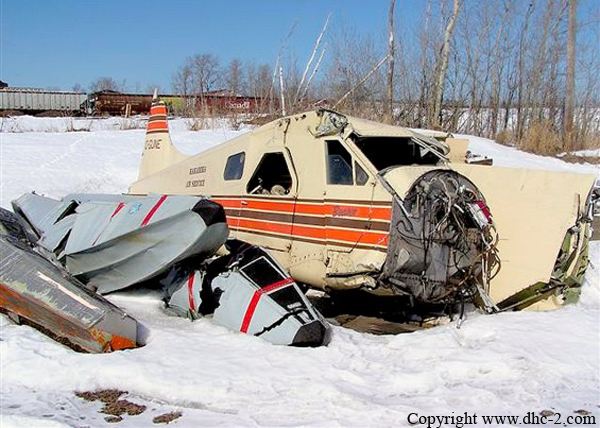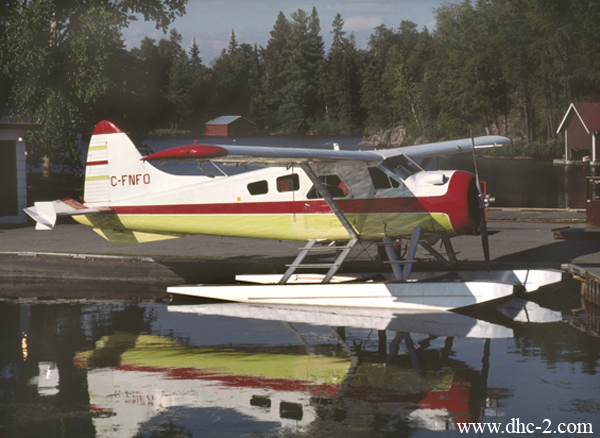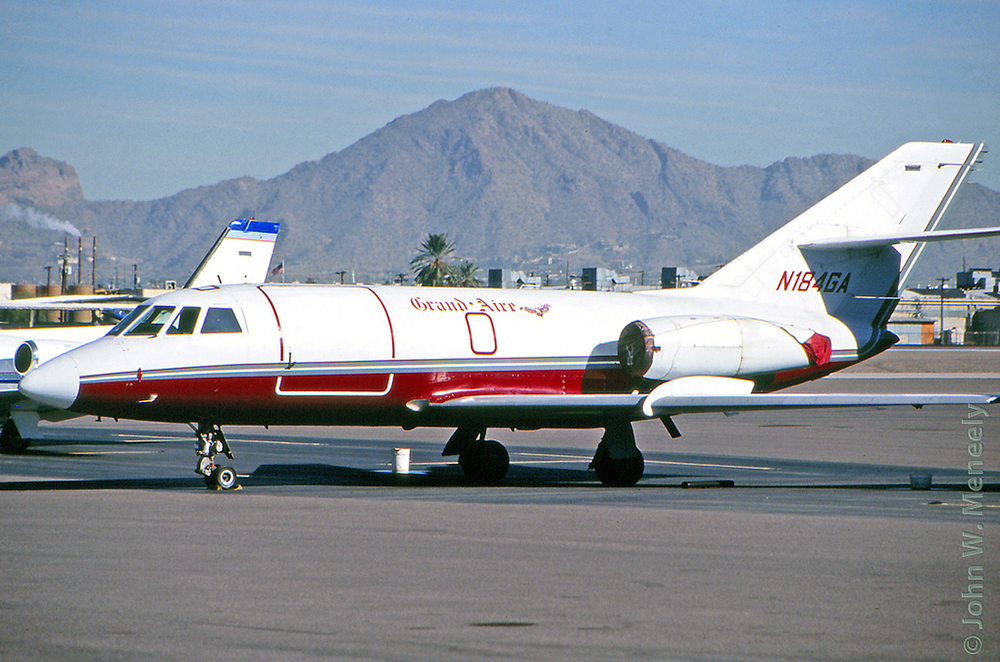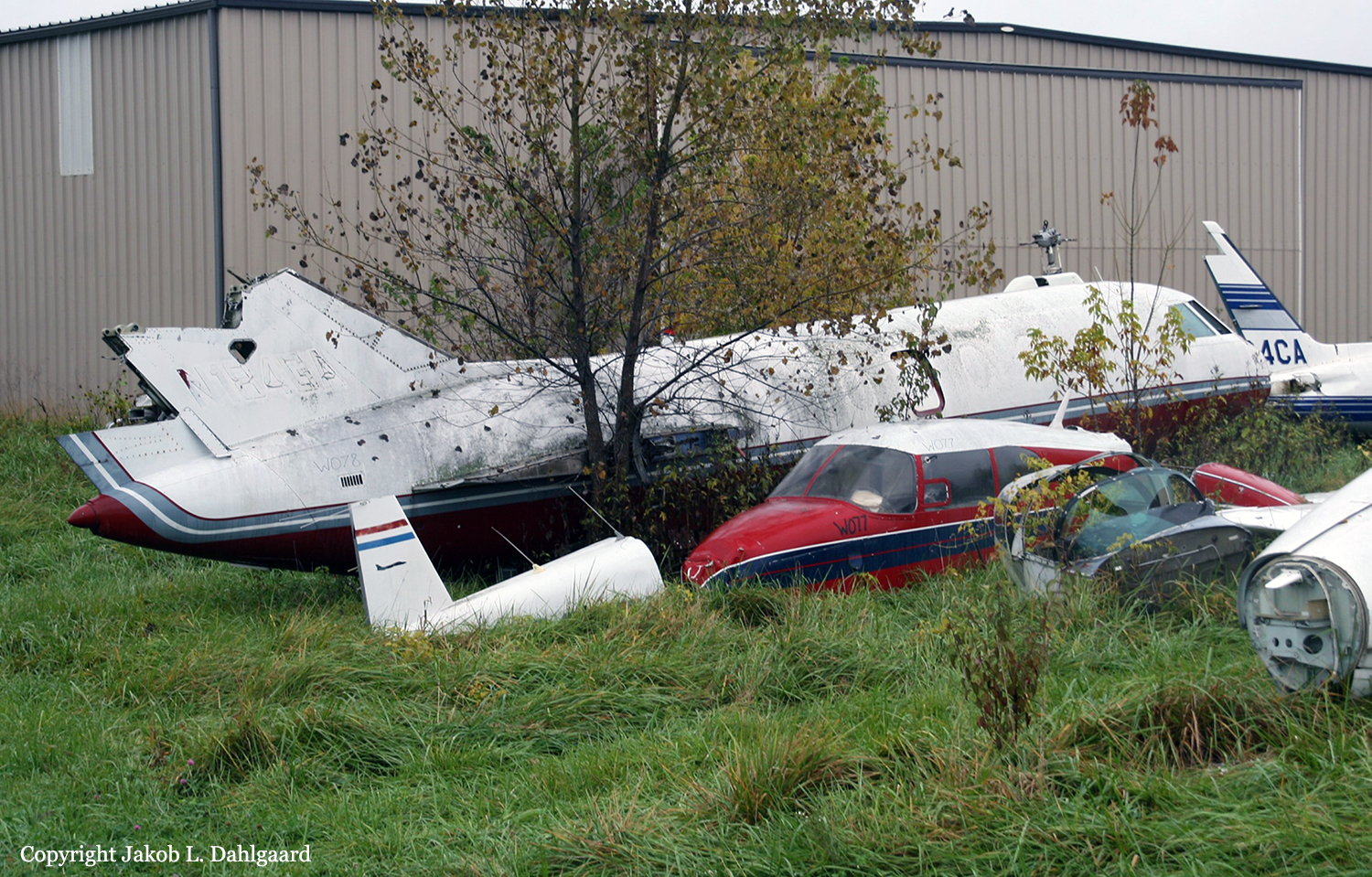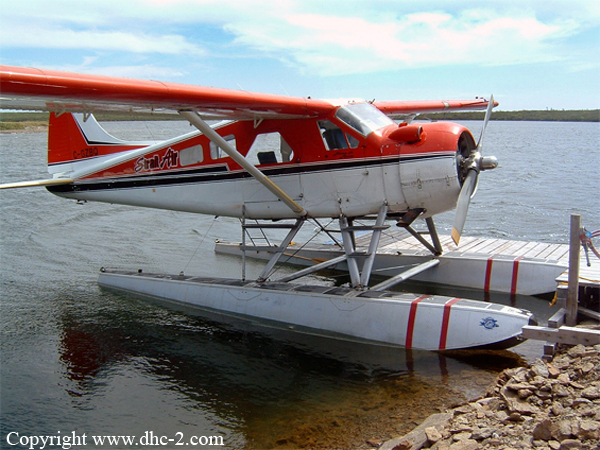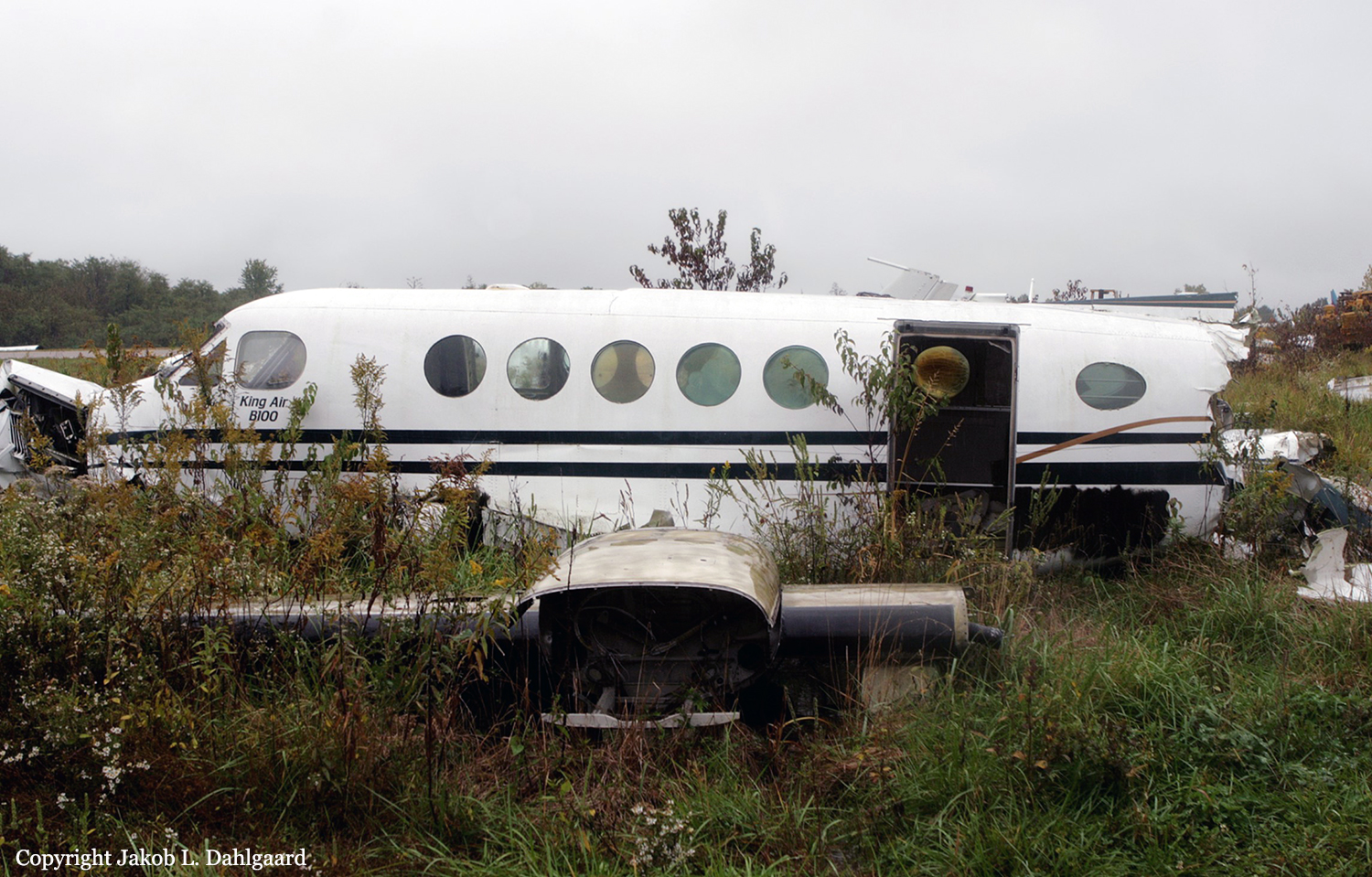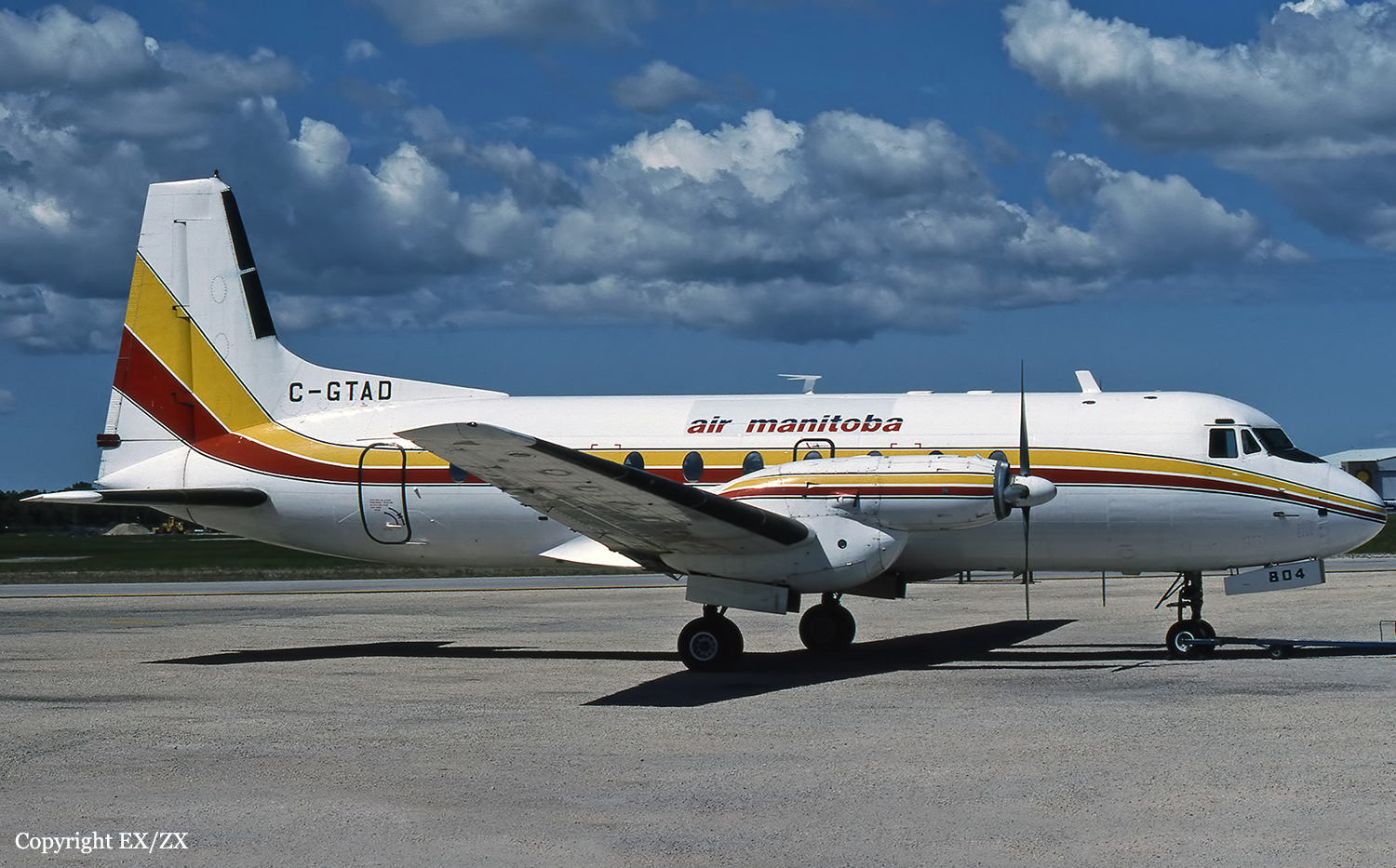Crash of a De Havilland DHC-2 Beaver in Kasshabog Lake: 1 killed
Date & Time:
Aug 24, 2002 at 1308 LT
Registration:
C-GUNE
Survivors:
Yes
Schedule:
Holinshead Lake - Kasshabog Lake
MSN:
1403
YOM:
1959
Crew on board:
1
Crew fatalities:
Pax on board:
4
Pax fatalities:
Other fatalities:
Total fatalities:
1
Circumstances:
The aircraft was en route from Holinshead Lake to Kasshabog Lake when the pilot encountered deteriorating weather conditions. As the flight progressed, the ceiling became increasingly lower until it was nearly at tree top level. Shortly thereafter, the pilot located a cabin at the destination outpost camp. On final approach to the camp, the aircraft struck the water while in a turn, tearing off one float and it eventually sank. The pilot and four passengers exited the aircraft and attempted to swim ashore. While swimming, one of the passengers went missing and was not located. Ontario Provincial Police divers were dispatched to search for the missing passenger. Three people were slightly injured and one seriously.


